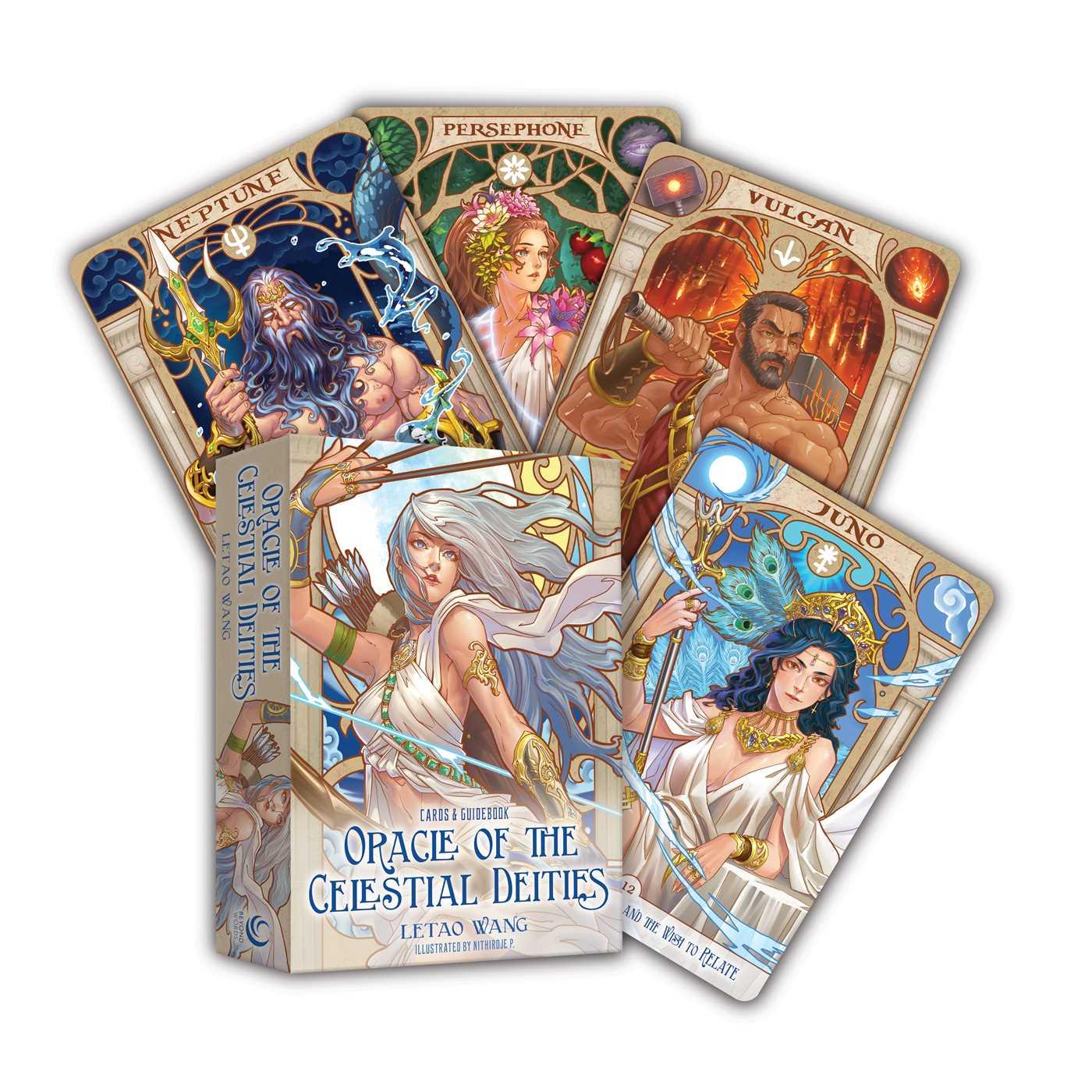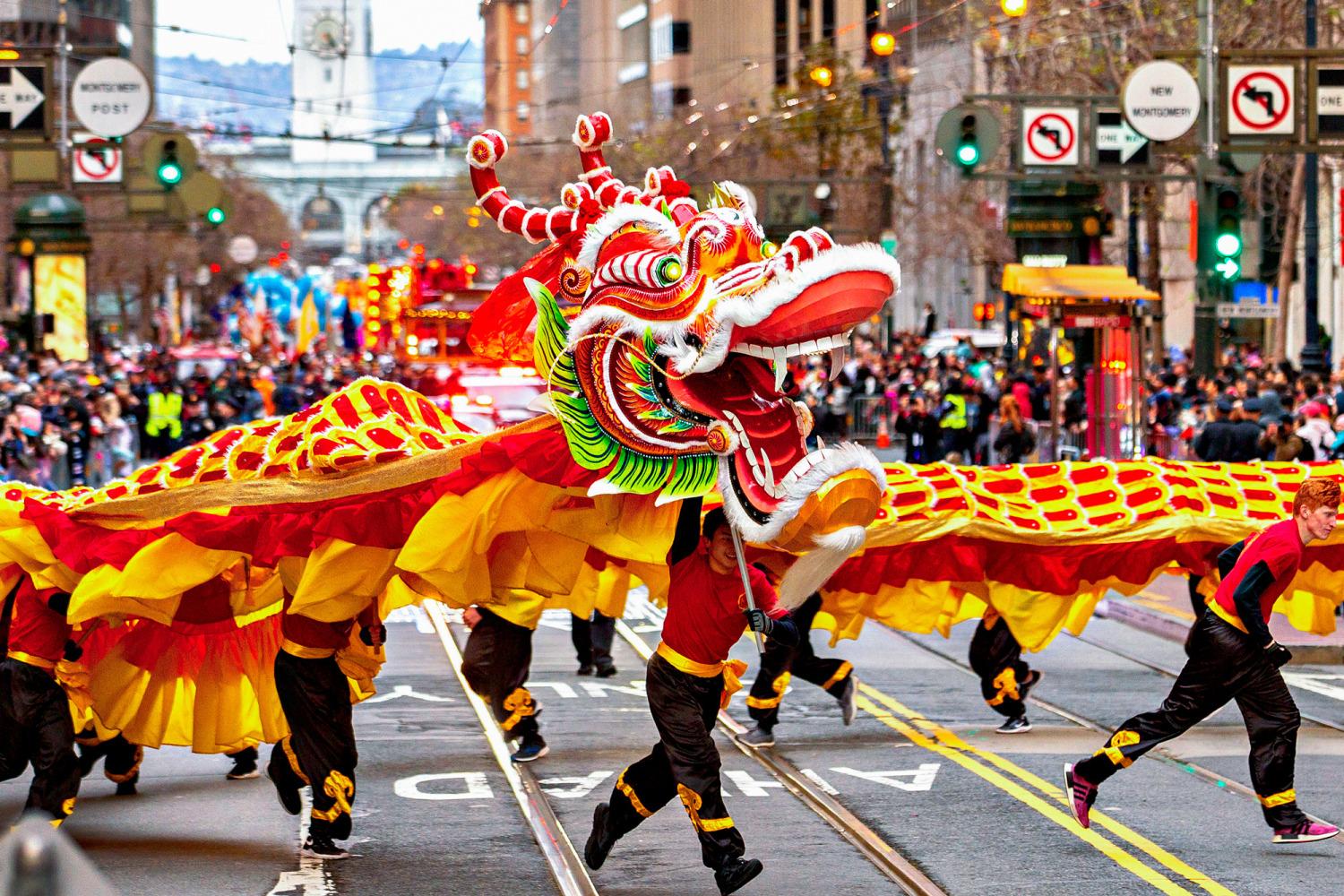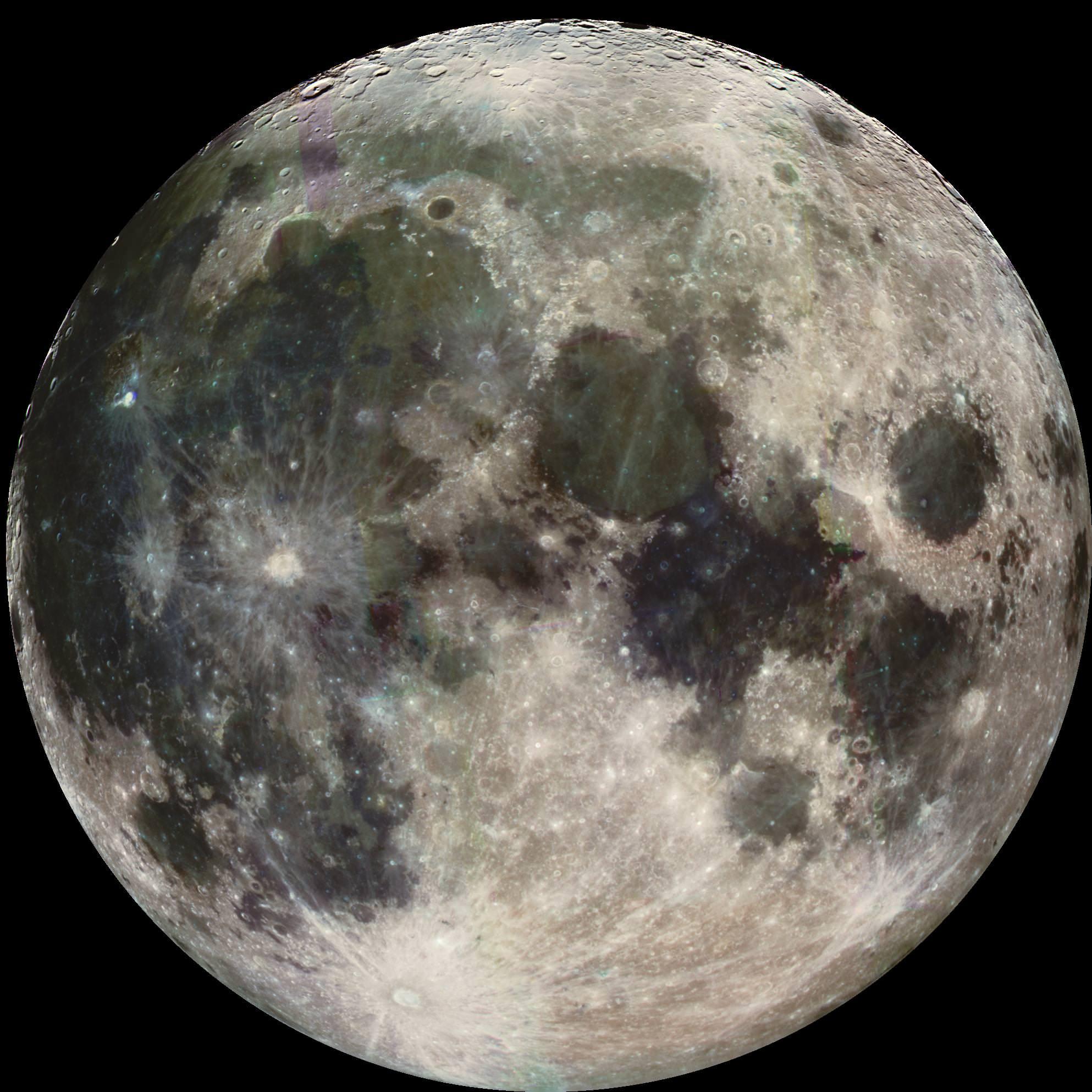Lunar Legends: Celebrating the Moon in Global Mythos From the silvery glow that bathes the night sky to the rhythmic dance of the tides, the moon has captivated humanity since time immemorial. It serves not only as a celestial body illuminating our darkest hours, but also as a profound symbol woven into the tapestry of cultures across the globe. Legends and tales transpire under its watchful gaze, mirroring the hopes, fears, and aspirations of countless civilizations. In this exploration of ”Lunar Legends,” we embark on a journey through time and space, delving into the diverse mythologies that celebrate the moon’s enchanting presence. As we traverse continents and traditions, we uncover the stories that illuminate the relationship between humankind and its celestial companion, revealing insights into our collective consciousness that have transcended generations. Join us as we uncover the rich lore that ties us all to the timeless dance of light and shadow, and revel in the wonders of the night sky that have inspired countless narratives around the world.
Exploring Celestial Deities: The Moons Role in Mythology Across Cultures
Across the globe, the moon has inspired countless myths and legends, symbolizing various aspects of humanity’s relationship with the cosmos. In many cultures, the lunar cycle is intertwined with agricultural rhythms, guiding essential activities such as planting and harvesting. For instance, in Hinduism, the moon is personified as Chandra, the god of light and joy, celebrated during the festival of Karva Chauth, where married women fast for the well-being of their husbands, often under the moon’s watchful presence. Similarly, in Native American traditions, the moon is revered as a protector and a guide, often associated with fertility and the changing seasons, reflecting the nurturing qualities that the lunar phases embody.
The moon’s dual nature—both a gentle light in the night sky and a harbinger of change—has made it a powerful figure in mythological storytelling. In Chinese mythology, the Moon Goddess Chang’e represents beauty and self-sacrifice, revered particularly during the Mid-Autumn Festival, when families gather to share mooncakes and admire her brilliance. In contrast, the Inuit culture views Tukuk, the moon, as a guardian of the sea and the animals, emphasizing her role in maintaining balance within the natural world. As we traverse these enchanting narratives, we uncover a rich tapestry of lunar deities that illuminate not only our nights but also our cultural identities and existential reflections.

Tales of Transformation: Influence of the Moon on Human Destiny
The moon, a celestial ballet partner in the dance of night, has long been a muse to countless cultures, weaving its silvery threads through the fabric of human stories and destinies. Across the ages, people have gazed up at the glowing orb and wondered about its influence on their lives. From ancient civilizations to modern spirituality, it is believed that this luminous body can impact emotions, health, and fate. Harvest moon celebrations in agrarian societies signaled when to sow and reap, while new moons have often represented fresh beginnings, a chance to reset one’s life path. The alluring pull of lunar cycles captivates the imagination, inspiring rituals and traditions that echo through generations, each tailored to local beliefs and practices.
Yet, what truly encapsulates the profound connection between humanity and the moon are the myriad tales spun from its enchanting glow. Across the globe, diverse legends speak of lunar beings and celestial deities whose narratives shape societies and beliefs. For instance, in Japanese mythology, the moon goddess Tsukuyomi embodies the joy of the harvest, while in Native American cultures, the lunar calendar guides seasonal activities, linking man to the natural world. These myths, rich with symbolism, often explore themes of love, loss, and transformation, suggesting that our lives are intricately woven to the phases of this ethereal orb. The moon’s phases—waxing and waning—serve as a metaphor for humanity’s journey, reflecting both the light and shadows that accompany each step along the human experience.
| Culture | Lunar Symbol | Significance |
|---|---|---|
| Greek | Selene | Goddess of the moon, symbolizing the embodiment of night |
| Chinese | Chang’e | Represents beauty and longing; the Moon Festival celebrates reunion |
| Mexican | Tezcatlipoca | Status as a god of night and dusk, signifying transformation |

Rituals and Celebrations: Lunar Festivals That Unite Communities
Across cultures and continents, lunar festivals offer a tapestry of traditions that create a unique sense of unity among communities. These celebrations often revolve around the cyclical nature of the moon, symbolizing renewal, reflection, and connection. The following festivals exemplify how diverse groups embrace the lunar calendar, fostering bonds and creating shared values:
- Mid-Autumn Festival (China): Celebrated with mooncakes and lanterns, this festival honors the harvest and the moon’s brightness, bringing families together to appreciate the beauty in unity.
- Diwali (India): Although primarily a festival of lights, Diwali aligns with the lunar calendar, celebrating the triumph of light over darkness and often coinciding with the full moon, embodying renewal and hope.
- Tsukimi (Japan): A beautiful observance where families gather to enjoy the moon’s splendor while enjoying traditional foods like mochi and observing seasonal changes.
Table interactions during these rituals play a crucial role in emphasizing communal spirit and cultural heritage. The delightful foods and crafts showcased during lunar festivities often serve as expressions of love and togetherness. An example includes:
| Festival | Symbolic Food | Purpose |
|---|---|---|
| Mid-Autumn Festival | Mooncakes | Celebration of family reunion |
| Diwali | Ladoo | Worship and celebration of prosperity |
| Tsukimi | Mochi | Gratitude for the harvest |
Each festival transforms local landscapes into vibrant scenes of cultural expression, echoing the age-old relationship between humanity and the celestial body that governs night. As communities gather under the luminous moonlight, they not only celebrate traditional stories and communal values but also revive a collective consciousness that transcends individual existence.

Artistic Inspirations: The Moon as a Muse in Global Literature and Art
The moon, with its ethereal glow and shifting phases, has captivated the human imagination across cultures and eras, serving as a powerful symbol of beauty, mystery, and transformation. From ancient mythology to modern literature, the moon’s influence is evident in myriad forms of artistic expression. In legends worldwide, it appears as a curious companion, a divine sentinel, or even a guiding force to wandering souls. Writers and artists have tapped into its symbolism to explore themes of love, longing, and the duality of existence. Notable representations include:
- Hecate in Greek Mythology: The moon goddess embodies magic and the liminal spaces between light and darkness.
- Tsukuyomi in Japanese Folklore: A deity associated with the moon, symbolizing the beauty and tranquility of night.
- The Man in the Moon: A familiar figure in various cultures, representing the human experience reflected in lunar phases.
This celestial body also serves as a profound muse for poets and artists alike, inspiring works that reflect the intricate dance between humanity and nature. Throughout history, the moon has been a backdrop for romantic and poignant narratives, inviting readers to ponder the complexities of love, loss, and hope. The following table captures a few iconic literary and artistic pieces that center around the moon:
| Title | Author/Artist | Year |
|---|---|---|
| “The Moon and Sixpence” | W. Somerset Maugham | 1919 |
| “To the Moon” | Emily Dickinson | Late 1800s |
| “Starry Night” | Vincent van Gogh | 1889 |
Key Takeaways
As we conclude our celestial journey through the rich tapestry of lunar legends that span cultures and continents, we are reminded of the Moon’s timeless influence on human imagination. From ancient myths adorning the skies of Mesopotamia to the haunting tales of lunar deities in the Pacific Islands, these stories offer us more than mere entertainment; they reflect our deepest fears, aspirations, and the universal quest for understanding. The Moon, a constant companion on our earthly journey, transcends borders and era, shaping rituals and guiding lives in the shadows of night. As we celebrate these diverse legends, may we find a renewed appreciation for the celestial wonders above us and acknowledge the shared heritage that connects us all. Each story, steeped in history yet alive with meaning, invites us to look up and consider the myriad ways that the Moon continues to inspire creativity, foster connection, and illuminate the paths we tread. So, the next time you gaze at the Moon—whether during a quiet evening or under a blanket of stars—revisit these narratives that bind us to the sky, and perhaps, let them spark your own stories as we collectively navigate this lunar legacy together.
